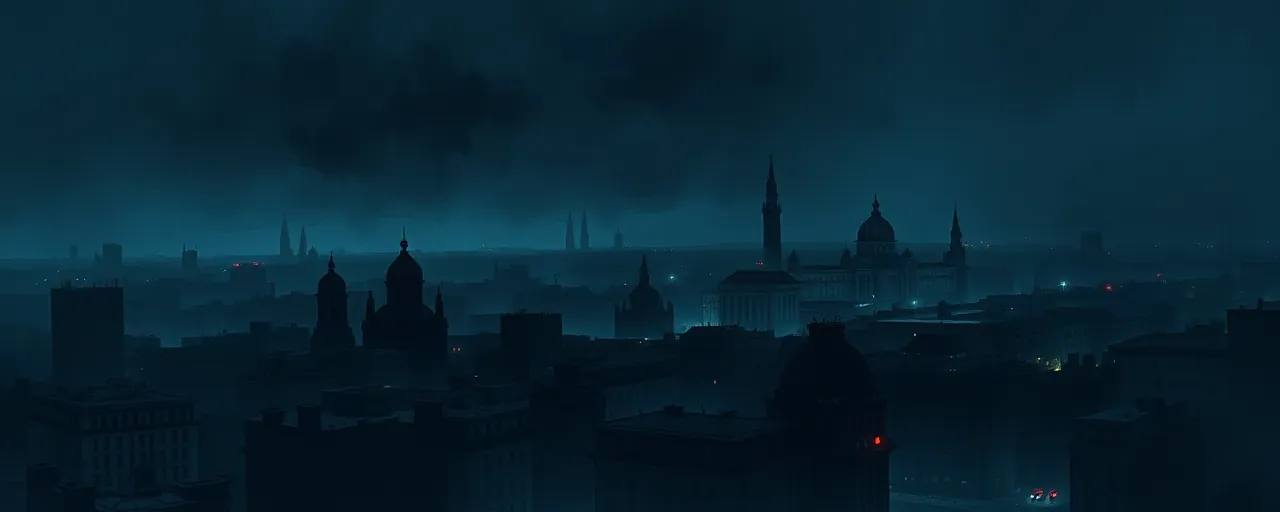A City in Darkness
On April 28, 2025, Madrid ground to a halt as a sweeping power outage plunged the Spanish capital and much of the Iberian Peninsula into chaos. Traffic lights flickered out, stranding drivers in gridlock. Trains stalled, leaving commuters stranded. Hospitals scrambled to activate backup generators, postponing surgeries to prioritize critical care. The blackout, one of the largest in Spain’s history, disrupted millions of lives, exposing the fragility of urban infrastructure when the lights go out.
The outage hit around midday, catching residents and officials off guard. Supermarkets saw panicked rushes for non-perishable goods, with shelves emptying within hours. Emergency services fielded over 170 calls to rescue people trapped in elevators across Madrid. Even the Madrid Open tennis tournament paused, a rare interruption for a city accustomed to seamless operations. As power began to return by evening, questions lingered about what caused the failure and how to prevent it from happening again.
Unraveling the Cause
Investigators have yet to pinpoint the outage’s origin, but several possibilities are under scrutiny. Spain’s national cybersecurity office is examining evidence of a potential cyberattack, a growing concern as digital systems increasingly control power grids. Other theories include rare atmospheric conditions or fires damaging high-voltage lines, though no conclusive evidence has emerged. The uncertainty underscores the complexity of modern energy systems, where a single failure can cascade across regions.
The blackout’s scale was staggering, affecting not just Madrid but most of Spain, Portugal, and parts of southwestern France. Only the Canary and Balearic Islands were spared. This rarity points to vulnerabilities in interconnected grids, where disruptions in one area can ripple outward. Grid operators worked through the night to restore power, but full recovery was expected to take hours or even days in some areas, highlighting the challenges of rapid response in urban centers.
The High Cost of Failure
Power outages in urban areas carry steep economic and social costs. In the United States, similar disruptions cost the economy between $20 billion and $55 billion annually, with widespread outages slashing regional GDP by up to 10%. Madrid’s blackout likely inflicted comparable damage, halting businesses, spoiling perishable goods, and disrupting digital services. Small businesses, unable to operate, faced immediate losses, while larger firms grappled with supply chain interruptions.
The human toll was equally significant. Vulnerable groups, including the elderly and those with medical needs, faced heightened risks. Loss of refrigeration threatened medicines, and lack of heating or cooling posed dangers during spring temperature swings. A recent U.S. survey found 14% of urban households affected by outages reported food spoilage, with 3% losing critical medications. Madrid’s residents likely faced similar challenges, amplifying calls for better protections for at-risk communities.
Climate and Technology Pressures
Climate change is making power grids more vulnerable. Rising temperatures, heatwaves, and storms strain infrastructure, reducing efficiency and damaging equipment. Globally, over a third of power outages from 2012 to 2023 were tied to weather events, a trend worsening with time. In Madrid, where heatwaves are increasingly common, aging transformers and lines face growing stress, with projections suggesting a 20-40% reduction in equipment lifespan by century’s end.
At the same time, the shift to renewable energy and digital grids adds complexity. Solar and wind power require flexible systems to handle variable output, while smart grids rely on cybersecurity to prevent hacking. California’s success in pairing solar with 13 gigawatts of battery storage shows renewables can boost reliability, but integrating these technologies demands investment. Madrid’s outage highlights the urgency of balancing innovation with resilience to keep pace with evolving risks.
A Global Push for Stronger Grids
Around the world, governments and utilities are racing to modernize power grids. In 2024, all 50 U.S. states took steps to upgrade infrastructure, from deploying energy storage to streamlining permits for new lines. Massachusetts and New York aim for 5 and 6 gigawatts of storage by 2030, respectively, while Germany’s reforms boosted wind permits by 150% since 2022. These efforts reflect a broader recognition that reliable grids are critical to economic stability and climate goals.
Yet challenges persist. Globally, utilities spend nearly 10% of revenue on modernization, but funding gaps remain. Interconnection delays and regulatory hurdles slow progress, particularly in rapidly growing cities. Madrid’s blackout serves as a wake-up call, illustrating the need for coordinated policies, private investment, and community-focused solutions to ensure grids can withstand shocks and recover quickly.
Looking Ahead
Madrid’s blackout lays bare the stakes of maintaining reliable urban infrastructure. As cities grow and climate risks intensify, the need for resilient, adaptable grids becomes undeniable. Policymakers, utilities, and communities must grapple with balancing cost, innovation, and equity to protect vulnerable populations and minimize economic disruption. The outage’s ripple effects, from stalled trains to darkened hospitals, show how deeply society depends on steady power.
The path forward requires action on multiple fronts: hardening grids against weather, securing them against cyber threats, and integrating renewables without sacrificing reliability. Madrid’s experience will likely spur renewed focus on these priorities, both in Spain and globally. For now, residents and leaders alike are left to reflect on a day when the lights went out, and the fragility of modern life came into sharp focus.
